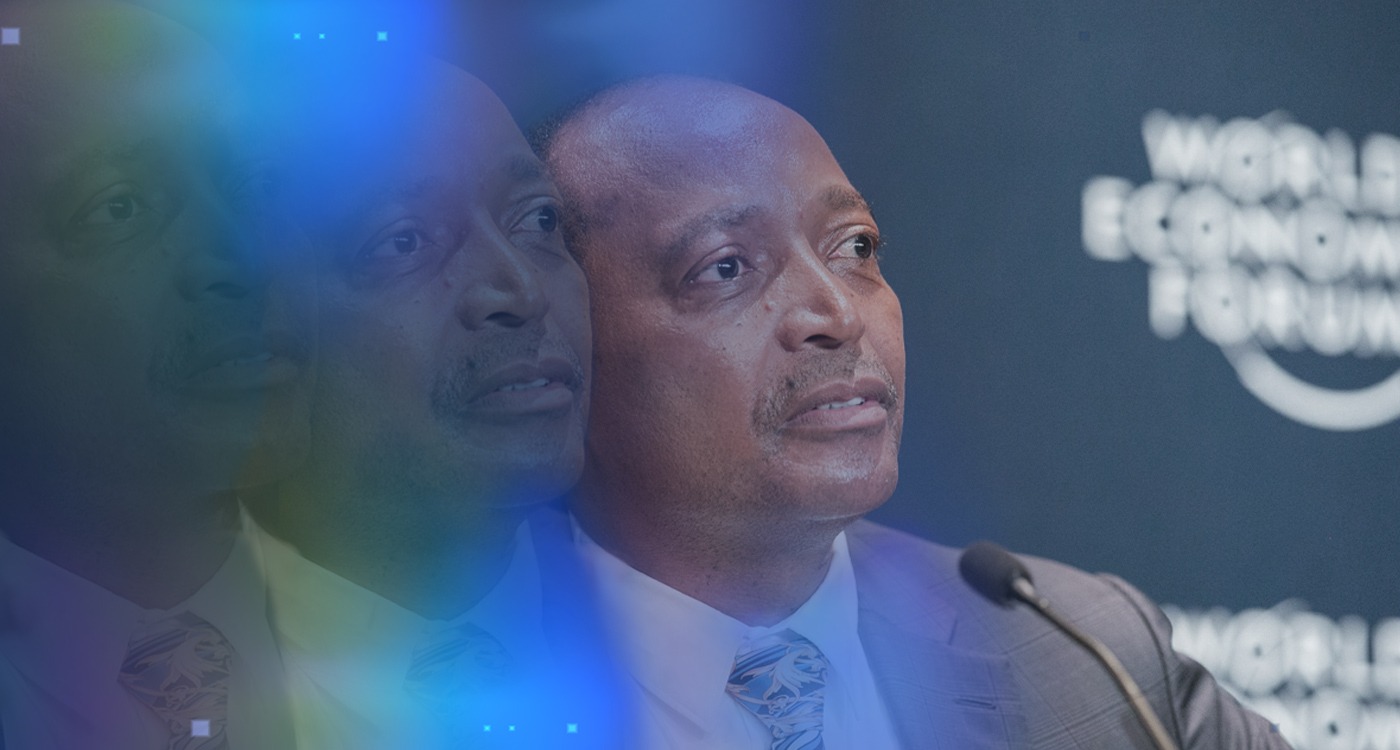
One of the first decisions an entrepreneur will have to make is to accurately define who will buy their products or services. This is because everything you do in your business flows from your target market and how well you understand their needs, says Nokwazi Mzobe, author of The Small Business Handbook and founder of Matoyana Business Solutions, a small business development agency.
The mistake many entrepreneurs make is they are so focused on their product or service that they forget to pay attention to their market from the beginning, says Mzobe.
“They create the product and service and then they try to find the target market, instead of designing a product or service around the target market.”
This is a mistake that Mzobe says she herself had to quickly overcome as a new entrepreneur.
“When I started off, my target market was SMEs, but what I did wrong is I didn’t look at the problems they had, which was [being slow to] trust and to pay. Even though my service was meeting [their] needs in terms of helping them [to] solve problems in their businesses, a lot of them couldn’t afford to pay or some had a negative point of view of consulting so I had to rethink my model,” she says.
To avoid making the same mistake, Mzobe says entrepreneurs need to think of their market while building their product, test it out as they go, and implement the feedback they get.
PICTURE SUPPLIED
Nokwazi Mzobe
“Even if you’re going to start out with the product or service in mind, don’t develop it and make it perfect. Create the basic part and test it with potential customers first and develop it based on their feedback. That’s where you’re creating a product that your customers value versus creating something you think customers will value,” she says.
Mzobe shares the two approaches that helped her master her target market.
The Lean Startup Method
Eric Ries, an American entrepreneur and author of the book The Lean Startup came up with the concept of the ‘lean startup’, which advocates that rather than building a product you think people will be interested in, business owners should instead continuously put the product to the test and get feedback from customers.
The process involves an initial market research stage, followed by testing out a minimum viable product (MVP) with customers, and finally using their feedback to improve the product.
While the Lean Startup Method is aimed towards startups, big companies also get value from customer feedback, says Mzobe.
“Big corporates are constantly communicating with customers. Go back and speak to customers and understand what it is that they need and want and you may find that you need to tweak something in your product or service to meet their needs.”
Steve Blank’s Customer Development Strategy
Steve Blank is a big supporter of The Lean Startup’s customer-focused strategy. Blank is an entrepreneur and lecturer at a number of US-based universities including U.C. Berkeley, Stanford University and Columbia University. He has documented his extensive findings on small businesses in various books, including the Lean Startup Movement.
Like the Lean Startup Method he believes in customer feedback, says Mzobe.
“His philosophy is that startups can move very quickly to a good space if they focus on the customer. He suggests going out to as many people as you can and to get insight from the customer from the beginning so the product meets their needs,” Mzobe says.
Blank’s philosophy also focuses on the strategies entrepreneurs should use to continually talk to their customers even after launching the product.
As part of his marketing strategy, Blank suggests first defining your reasons for creating a communication strategy, and then finding the best method to achieve your objectives. This involves four steps centered around communicating effectively with your audience. These include: understanding your audience(s); creating the message for that specific audience; selecting the media you want the message to be read/seen/heard on; and, selecting the messenger you want to carry your message.


